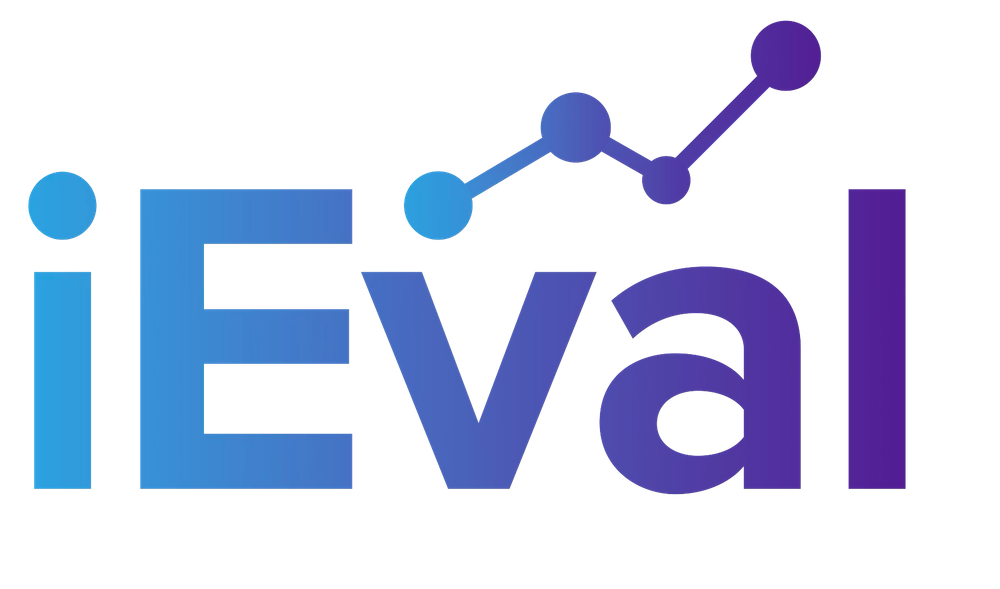I have begun to settle into my new surroundings and my new job here in France/Switzerland. This past week I attended the Swiss Evaluation Society’s annual conference, which was held in partnership with the Geneva Evaluation Network. I got an overview of a wide array of work being done within international organizations related to evaluation. During the afternoon of the second day we were split into three groups. We then spent an hour and a half rotating through three rooms (30 minutes in each room), each with a different facilitator who posed to us a different question. One of these questions was, “what factors negatively or positively influence the utility of an evaluation?”
There were some familiar themes that emerged from the three groups when it came to what enhances use. Engaging with stakeholders throughout the evaluation, including during the design phase, execution phase and reporting phase was something most people agree enhances use. Additionally, follow up by someone, whether it is the evaluator, a project manager or a member of an organization’s leadership, seems to be an important facet of enhancing the use of an evaluation’s findings. Many of these things are elements of the type of our own evaluation practice at iEval.
When it came to what detracts from use, there were some interesting comments. First, long reports were something everyone agreed nobody wants anymore. Yes, a full technical report has to exist, but it does not need to be the product that is shared with the intended users (unless they want it of course). Instead, we must aim to create products which best serve the various audiences that make up that intended users group. Additionally, we need to be creative with how we do this. Executive summaries are the traditional approach to providing a brief overview of an evaluation’s findings. But, I would argue that most of these still don’t get the job done. Instead, things that emulate data dashboards or infographics might be more effective at catching the eyes of readers. We have experimented with this in our work, and the feedback is good. People appreciate having a visual, easy-on-the-eye, one pager that they can print out and hand to funders, their leadership or project beneficiaries to give them an overview of an evaluation’s findings.
Some of the work I have been doing recently has had me reviewing a number of evaluation reports done of ILO programs and projects within various countries. The vast majority of them are not pleasing to the eye. So, to get back to the title of my blog post, I want to encourage you to put some thought into how reports that you might produce look, read, and feel to a user. It makes a difference, it draws attention, it makes people take notice. These are all hugely important when we want our evaluations to be used more by the people we produce them for.
COREY’S USEFUL TIP: Consider different forms of reports for different audiences. Think about what the various audiences are for your evaluation and what kinds of reporting needs they have. It might be worth the extra work to produce different forms of reports to enhance the utility of the work to different audiences.

